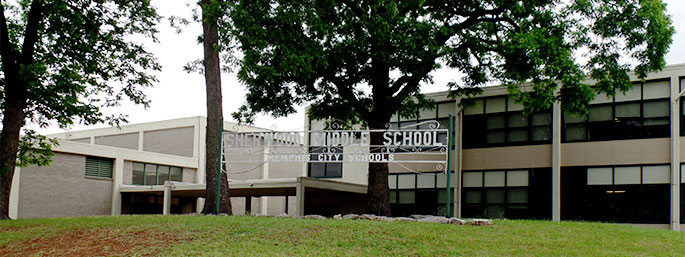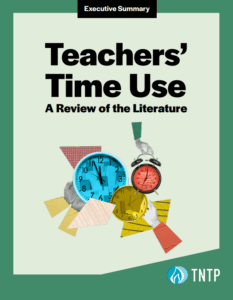Sherwood Middle School is located in South Memphis. Ninety-four percent of Sherwood’s students are low-income, and last year, only eight percent were proficient in math and language arts. If there were ever a school that needed access to great teachers, it was Sherwood Middle. But in 2013, Sherwood, like all schools in Memphis and others nationwide, couldn’t begin hiring teachers for the upcoming school year until it was nearly summer.
Kids at schools like Sherwood lose out when school districts have to wait until late spring and summer to hire new teachers, because those schools miss the best teacher talent. In research we conducted for Shelby County Schools (SCS), home to Sherwood Middle, we found that 60 percent of teachers hired between March and May of 2013 were rated in the top two categories on the district’s teacher evaluation rubric. Only 40 percent of those hired between June and July were rated as effective. And that wasn’t all: June and July hires were more likely to leave the district within one year, causing SCS to spend more on recruitment, onboarding and professional development. Late hiring represents missed opportunities to hire the best teachers—a big problem for students—and costs districts more, too, because of the financial burdens of higher turnover. This isn’t news: We’ve been writing about the problem of late teacher hiring (and how to solve it) for more than 10 years now.
Fortunately, the tide is now turning in some districts—and Shelby County is leading the way. This year, because Shelby County has focused squarely on early hiring, the district was able to identify some 700 openings—more than half of its projected vacancies for next year—by April 15. That’s a striking improvement on last year, when principals weren’t able to identify or fill their vacancies until after the end of April.
Breaking down the barriers to early hiring
How did SCS do it? The district made early hiring a key focus of their staffing work in 2014, starting by creating a committee from across district departments to address the challenges that had previously kept the district from hiring the majority of teachers before May.
One of those barriers was the budget timeline. In the past, the district budget, which is based on enrollment predictions and determines the number of teachers at each school, wasn’t shared with principals until late spring, preventing them from hiring before April. But this year, SCS released a preliminary budget in February, based on schools’ lowest enrollment projections and the state’s minimum staffing requirements. Because the budget was conservative, principals were able to begin staffing early and didn’t run the risk of overstaffing their buildings.
Identifying teachers who planned to retire or resign was another key piece of SCS’ early hiring strategy. In the past, teachers often delayed submitting their separation paperwork because of misinformation about retirement benefits, or out of fear of backlash from administrators if they announced they weren’t returning the following year. In response to these challenges, SCS implemented a financial incentive that rewarded teachers for submitting their retirement notices by April 25. In the future, the district plans to hold a retirement banquet and build a comprehensive communications plan to further counter misconceptions about the retirement process.
The district also overhauled its system for tracking when and why teachers leave the district. In the past, paperwork was too often routed to the wrong department or misplaced and never processed. This year, SCS launched an online management system that notified principals of teachers’ intent to leave, allowing principals to have an immediate sense of their openings and begin the hiring process right away.
A collaborative focus on early hiring pays off
Shelby County Schools has taken a particularly comprehensive approach to early hiring. We know that not every district is going to be able to implement all these strategies at once, and that’s fine. Any single strategy—an incentive for early retirement notifications, or a projected budget offered earlier in the year, for example, can be useful on its own. But SCS has proven what’s possible when a district brings multiple strategies and partners together to focus on getting the best teachers hired as early as possible.
This success has been visible at Sherwood Middle, where all but one position was filled by the end of April. School leaders there have been able to secure top teachers—through both internal and external hires—for their open math, science and language arts positions. Principal Kelly at Sherwood says, “The quality of candidates during early hiring was outstanding. I am expecting these teachers to have a major impact on student growth in 2014-2015.”
That’s a huge win for the kids at Sherwood, and one that was made possible in just a year’s time, because the district decided to promote a few key strategies to correct a problem that had previously seemed unavoidable.










